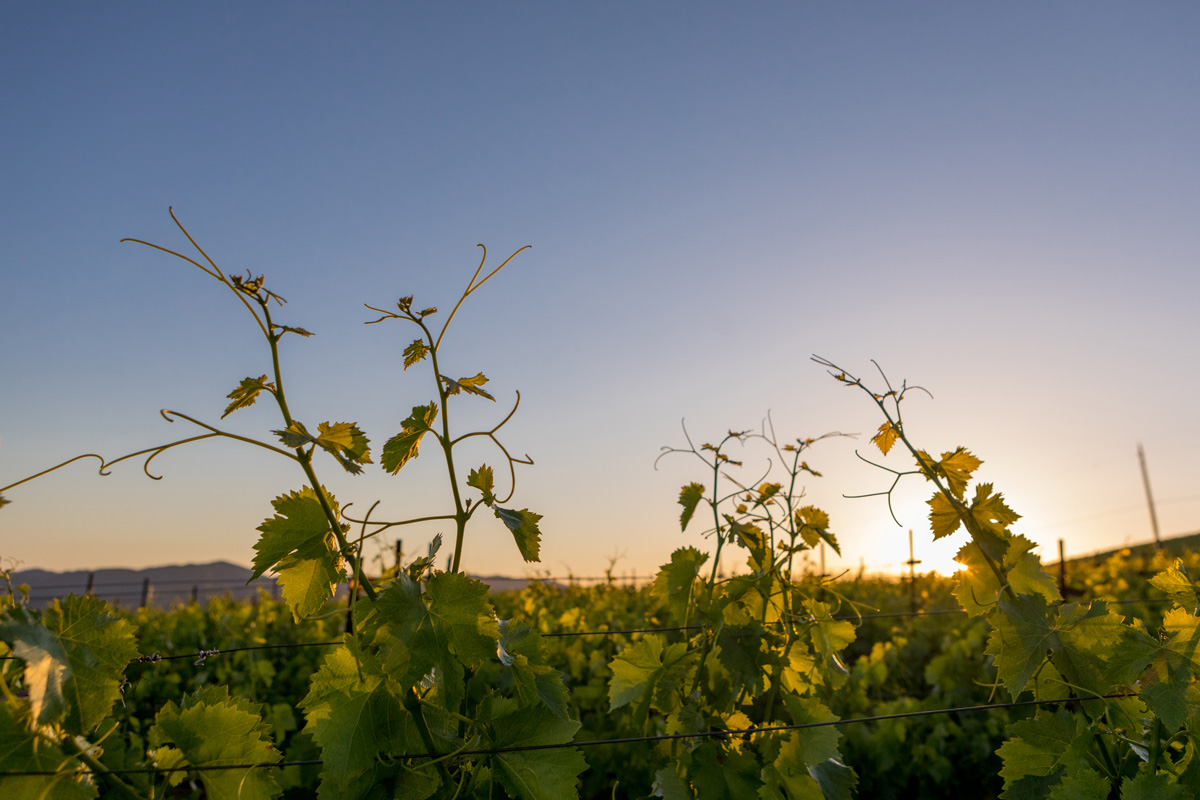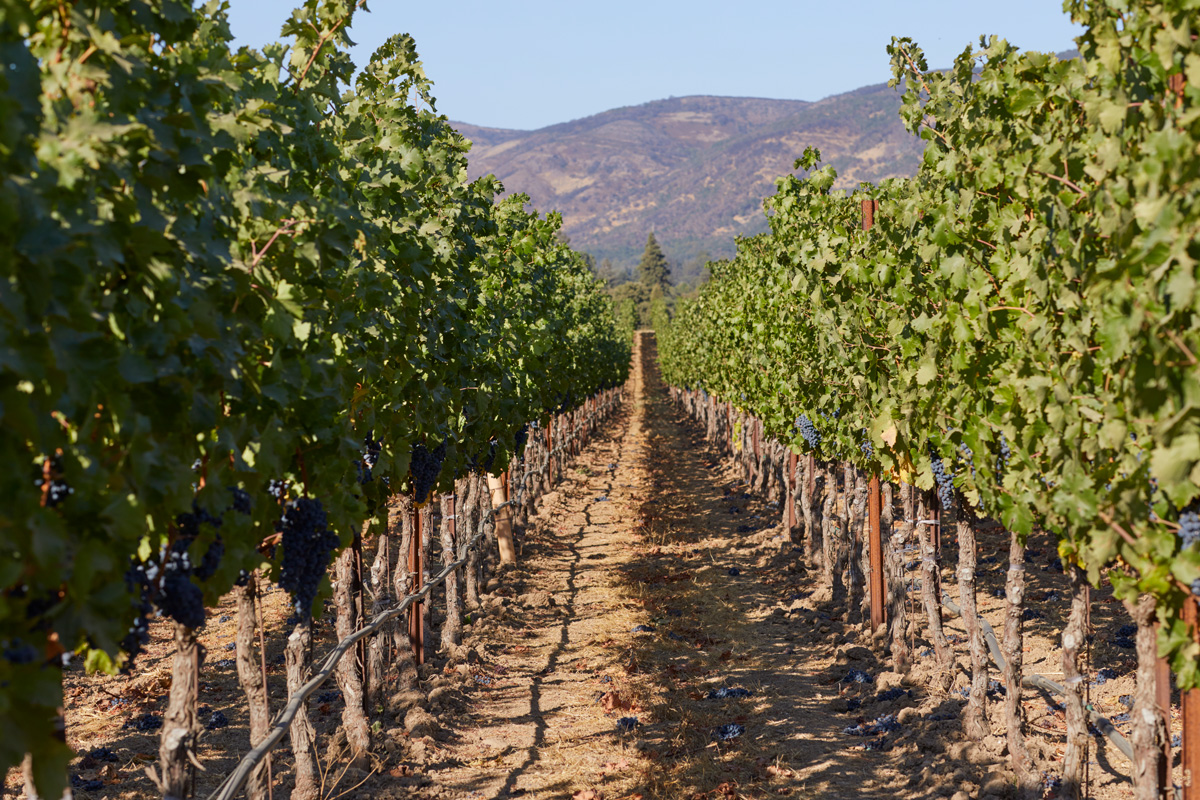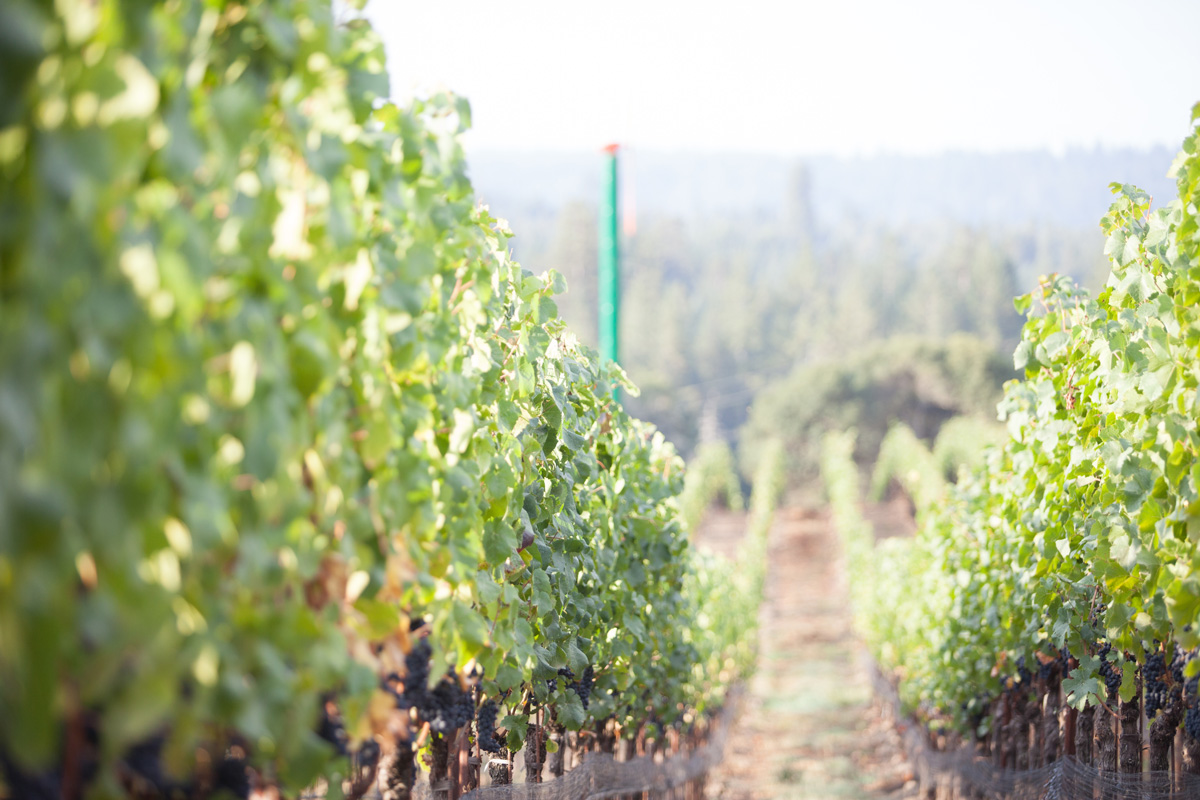2023 Napa Valley
Cabernet Sauvignon
A blend of robust structure and richness, as well as delicate layers of complexity.
Displaying a concentrated garnet hue, the wine opens with aromas of mulberry and blackberry interwoven with graphite, tobacco leaf, and a touch of espresso bean. The palate is plush and powerful, exhibiting notes of cassis and black plum complemented by hints of toffee and cacao nibs, adding depth and weight through the midpalate. Richly textured and elegantly balanced with well-integrated tannins and focused acidity following through to a seamless and refined finish.
Check out our featured recipe:
• Grilled Skirt Steak with Shiso Chimichurri
2022 Accolades
93 pts, James Suckling
“A sleek, polished and well-balanced wine that shows hints of mint and eucalyptus. Black cherry, blackberry, black currant and bay leaf nuances…Full-bodied. Drink or hold.” -James Suckling
92 pts, International Wine Report
“The 2022 Crossbarn Napa Valley Cabernet Sauvignon beings with inviting aromas of ripe dark berries, cherries, and plums, complemented by a subtle blend of spices, tobacco, and cigar box undertones. On the palate, it reveals a robust, well-balanced structure, enhanced by velvety tannins. The wine shows notable concentration, with vibrant flavors of dark fruits and baking spices that persist through a lengthy, satisfying finish.” -Jeremy Young
Winemaking
-
95% Cabernet Sauvignon, 5% Merlot
-
100% hand-harvested at night; 10/17-11/2
-
Aged 18 months in small French oak barrels; 26% new
-
Bottled unfined; June 2025







